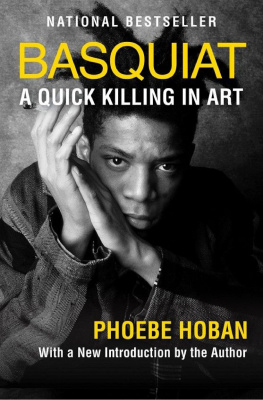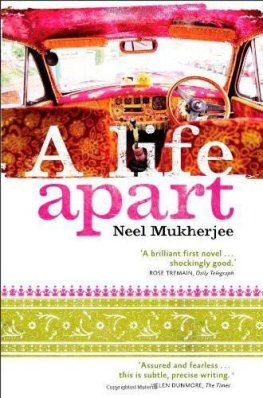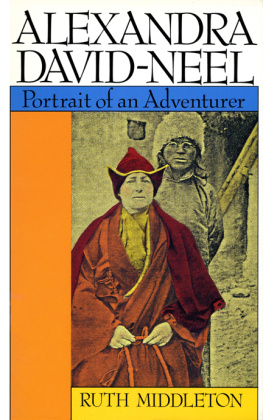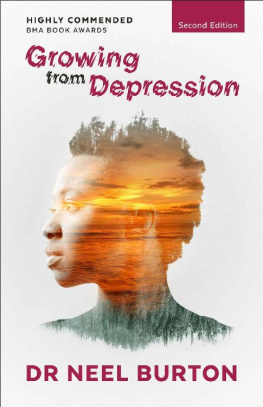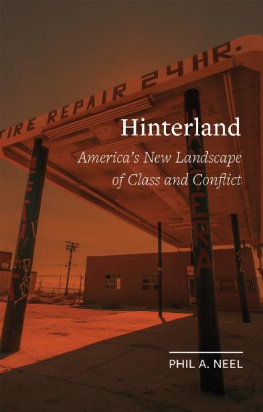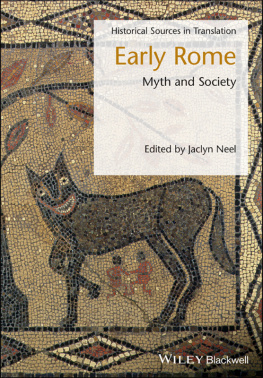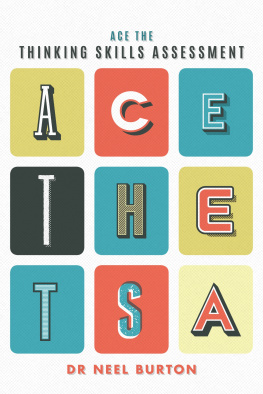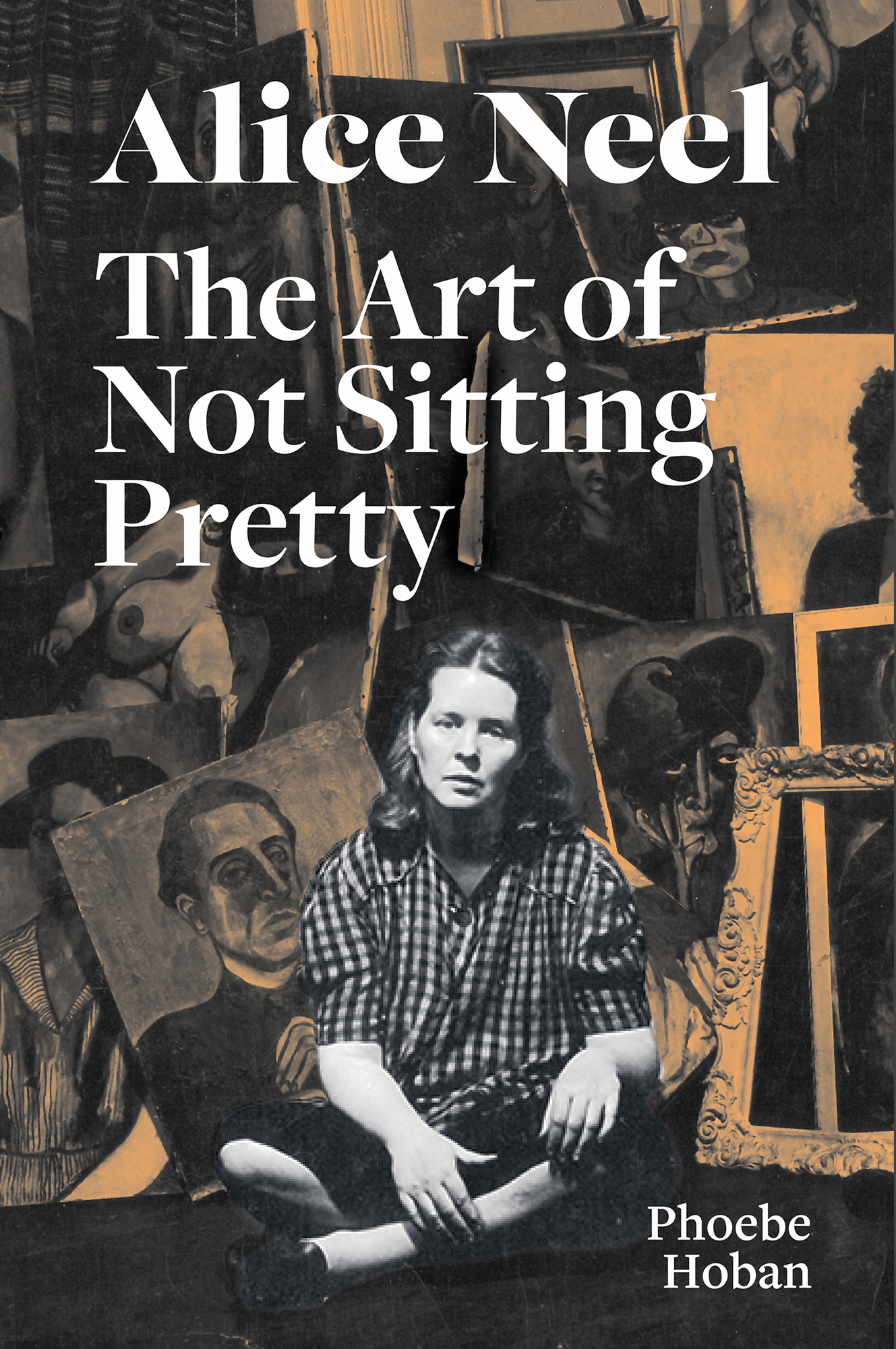Phoebe Hoban - Alice Neel: The Art of Not Sitting Pretty
Here you can read online Phoebe Hoban - Alice Neel: The Art of Not Sitting Pretty full text of the book (entire story) in english for free. Download pdf and epub, get meaning, cover and reviews about this ebook. year: 2021, publisher: David Zwirner Books, genre: Non-fiction. Description of the work, (preface) as well as reviews are available. Best literature library LitArk.com created for fans of good reading and offers a wide selection of genres:
Romance novel
Science fiction
Adventure
Detective
Science
History
Home and family
Prose
Art
Politics
Computer
Non-fiction
Religion
Business
Children
Humor
Choose a favorite category and find really read worthwhile books. Enjoy immersion in the world of imagination, feel the emotions of the characters or learn something new for yourself, make an fascinating discovery.

- Book:Alice Neel: The Art of Not Sitting Pretty
- Author:
- Publisher:David Zwirner Books
- Genre:
- Year:2021
- Rating:5 / 5
- Favourites:Add to favourites
- Your mark:
Alice Neel: The Art of Not Sitting Pretty: summary, description and annotation
We offer to read an annotation, description, summary or preface (depends on what the author of the book "Alice Neel: The Art of Not Sitting Pretty" wrote himself). If you haven't found the necessary information about the book — write in the comments, we will try to find it.
Phoebe Hobans definitive biography of the renowned American painter Alice Neel tells the unforgettable story of an artist whose life spanned the twentieth century, from womens suffrage through the Depression, McCarthyism, the civil rights movement, the sexual revolution, and second-wave feminism. Throughout her life and work, Neel constantly challenged convention, ultimately gaining an enduring place in the canon.
Alice Neels stated goal was to capture the zeitgeist. Born into a proper Victorian family at the turn of the twentieth century, Neel reached voting age during suffrage. A quintessential bohemian, she was one of the first artists participating in the Easel Project of the Works Progress Administration, documenting the challenges of life during the Depression. An avowed humanist, Neel chose to paint the world around her, sticking to figurative work even during the peak of abstract expressionism. Neel never ceased pushing the envelope, creating a unique chronicle of her time.
Neel was fiercely democratic in selecting her subjects, who represent an extraordinarily diverse populationfrom such legendary figures as Joe Gould to her Spanish Harlem neighbors in the 1940s, the art critic Meyer Schapiro, Nobel Laureate Linus Pauling, Andy Warhol, and major figures of the labor, civil rights, and feminist movementsproducing an indelible portrait of twentieth-century America. By dictating her own terms, Neel was able to transcend such personal tragedy as the death of her infant daughter, Santillana, a nervous breakdown and suicide attempts, and the separation from her second child, Isabetta. After spending much of her career in relative obscurity, Neel finally received a major museum retrospective in 1974, at the Whitney Museum of American Art, in New York.
In this first paperback edition of the authoritative biography of Neel, which serves also as a cultural history of twentieth-century New York, Hoban documents the tumultuous life of the artist in vivid detail, creating a portrait as incisive as Neels relentlessly honest paintings. With a new introduction by Hoban that explores Neels enduring relevance, this biography is essential to understanding and appreciating the life and work of one of Americas foremost artists.
Phoebe Hoban: author's other books
Who wrote Alice Neel: The Art of Not Sitting Pretty? Find out the surname, the name of the author of the book and a list of all author's works by series.

